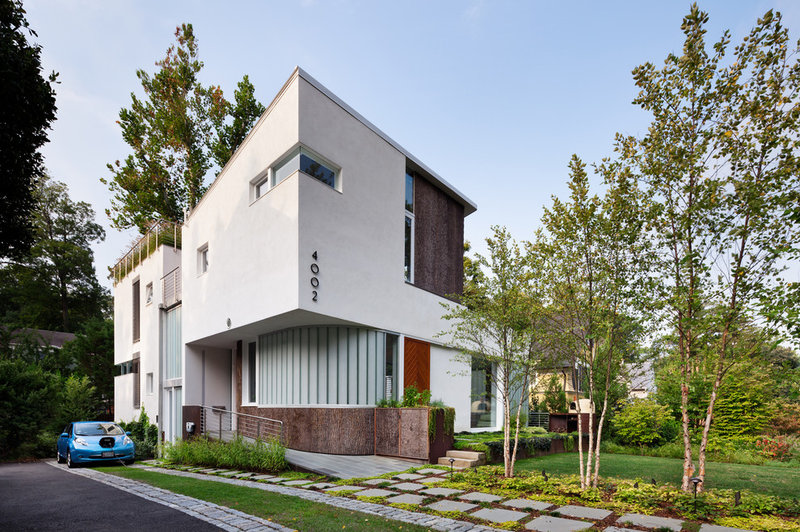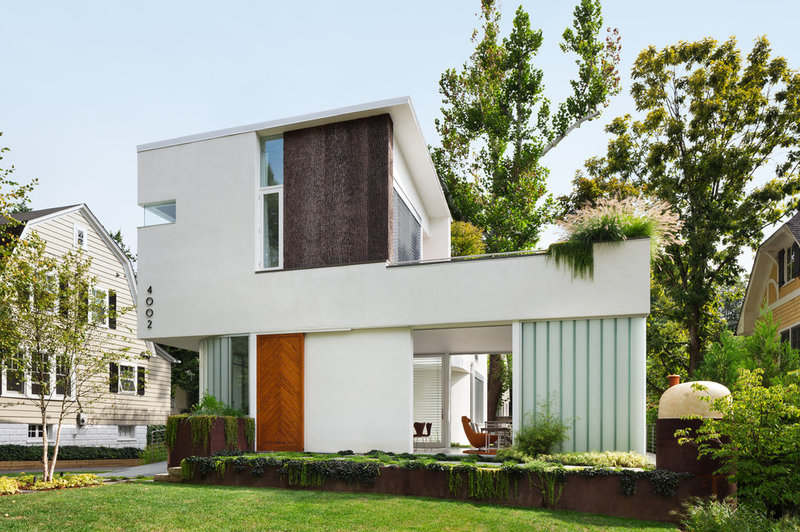Here’s how models are made using a camera and software developed by one of the leading companies in the space, Matterport:
Step 1. Position the camera in the spot you want to scan. You’ll need to scan from many locations — 70 on average — to capture an entire home.
Step 2. Open the Matterport iPad app, and press the blue button that says, “Ready to Scan.” Pretty straightforward!
The camera will rotate 360 degrees, snapping photographs that give Matterport’s models their photo-realistic quality, and collecting readings from infrared sensors that infuse the images with a 3-D feel. You circle the camera as it spins to stay out of view and avoid scanning yourself. Each spin takes about 30 seconds.
Throughout the scanning process,  you can see a top-down view of the space you’ve mapped on the iPad app, so you know what gaps you need to fill in. Every blue dot marks a spot where you conducted a scan. These dots represent the vantage points that you’ll be able to hop between when you use the model.
you can see a top-down view of the space you’ve mapped on the iPad app, so you know what gaps you need to fill in. Every blue dot marks a spot where you conducted a scan. These dots represent the vantage points that you’ll be able to hop between when you use the model.
Step 3. Once you feel like you’ve covered the premises, you’ll need to mark windows.
That tells Matterport’s software to process only 3-D data captured for the space between the camera and the window, and to exclude data for space outside the window that could extend beyond the camera’s range.
You’ll also need to mark mirrors, since they can trick the camera into believing that their contents represent actual space rather than just a reflection. You can also tweak the boundaries (as I did below) of a scan if you want to trim some spaces from the 3-D model, like a boiler room.
Step 4. When you’re done marking features in the model, tap upload to transfer the data to Matterport’s processing platform, which will convert the data into a photo-realistic 3-D model. The upload and rendering should take from one to two hours.
The upload and rendering should take from one to two hours.
You’ll receive an email when the process is complete, notifying you that your model is ready for viewing or management within the Matterport content management tool.
Voila!
Here’s me tooling around in the model.
In the beginning, you can see its “dollhouse” view, a bird’s-eye perspective that makes it easier to digest a home’s layout.
read more…
http://www.inman.com/2015/01/05/3-d-tours-may-be-the-most-powerful-do-it-yourself-real-estate-marketing-tool-ever/











